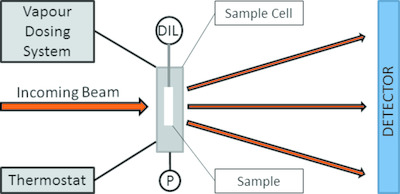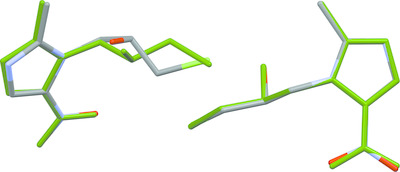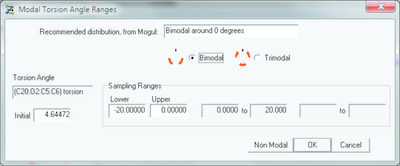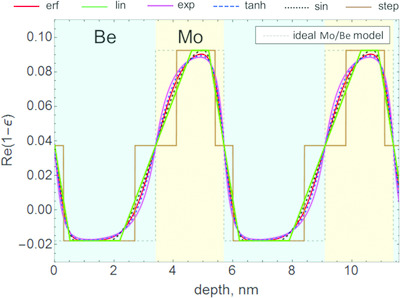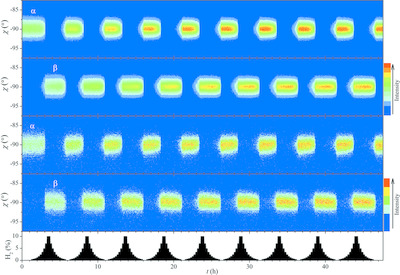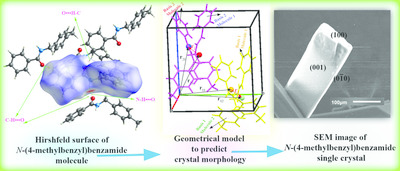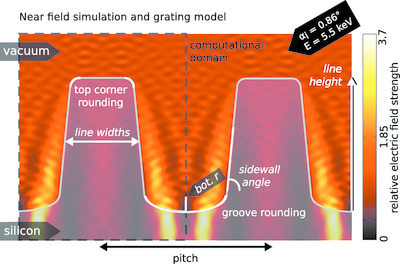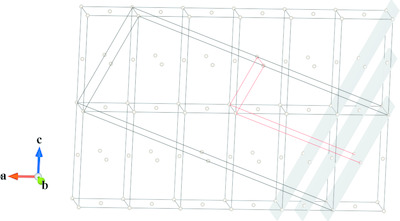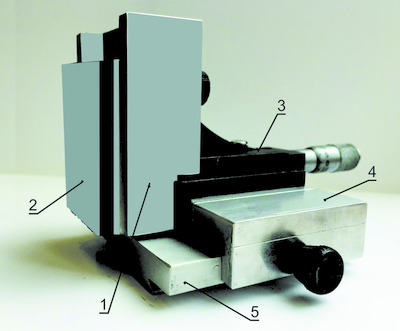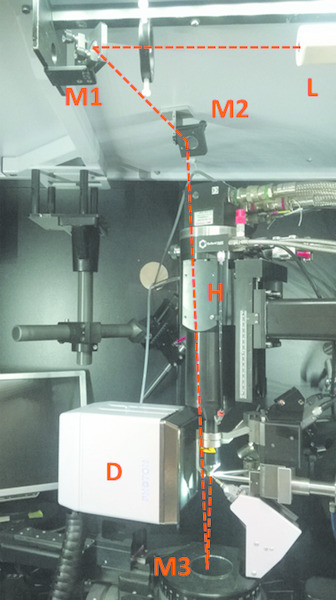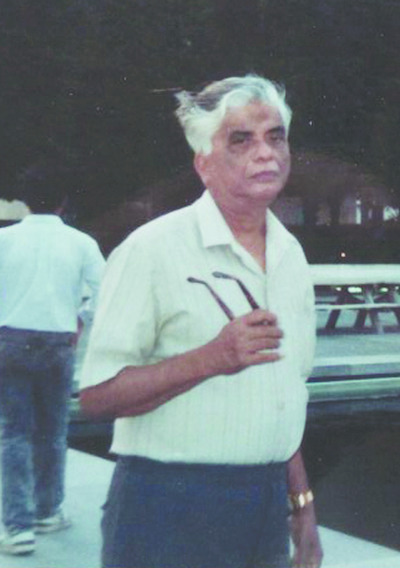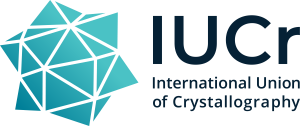Journal list menu
Export Citations
Download PDFs
research papers
Form factor of any polyhedron: a general compact formula and its singularities
- Pages: 1245-1255
- First Published: 09 August 2017
Applications of dynamical theory of X-ray diffraction by perfect crystals to reciprocal space mapping
- Pages: 1256-1266
- First Published: 09 August 2017
Three-dimensional texture visualization approaches: applications to nickel and titanium alloys
- Pages: 1267-1279
- First Published: 09 August 2017

This paper applies three-dimensional visualization techniques to synthetic and experimentally acquired material textures (random, cube and Goss texture components) and illustrates how three-dimensional visualization can be used to gain insight about orientation distribution functions and orientation relations. The intrinsic symmetry of the Euler orientation representations is considered in detail and it is shown that a monoclinic magnetic space group properly describes the symmetry of Euler space.
Nanoparticle size distribution quantification: results of a small-angle X-ray scattering inter-laboratory comparison
- Pages: 1280-1288
- First Published: 18 August 2017
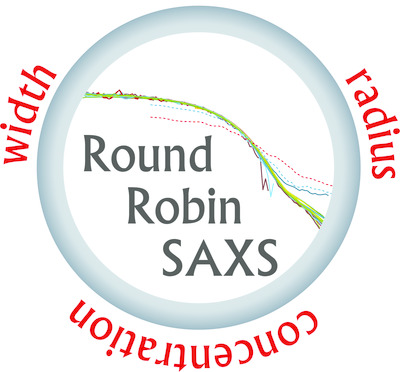
An extensive round robin experiment between small-angle X-ray scattering laboratories has delivered a global uncertainty estimate for the measurands of a nanoparticle dispersion. Irrespective of the instrument pedigree, the distribution mean, width and volume fraction could be determined with an accuracy of 1, 10 and 10%, respectively.
Determination of active layer morphology in all-polymer photovoltaic cells
- Pages: 1289-1298
- First Published: 21 August 2017
A tool for automatic recognition of [110] tilt grain boundaries in zincblende-type crystals
- Pages: 1299-1306
- First Published: 18 August 2017
Expected values and variances of Bragg peak intensities measured in a nanocrystalline powder diffraction experiment
- Pages: 1307-1322
- First Published: 24 August 2017
An indexing algorithm independent of peak position extraction for X-ray powder diffraction patterns
- Pages: 1323-1330
- First Published: 24 August 2017
A capillary specimen aberration for describing X-ray powder diffraction line profiles for convergent, divergent and parallel beam geometries
- Pages: 1331-1340
- First Published: 24 August 2017
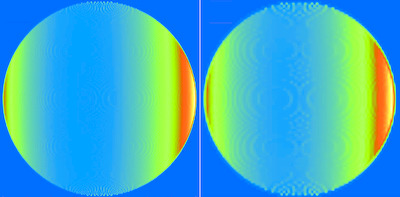
A description of peak shapes, peak intensities and peak shifts from a capillary specimen has been developed for use in X-ray powder diffraction from a fundamental parameters perspective. The capillary diameter, specimen linear absorption coefficients and focal length of the X-ray beam can be refined in a Rietveld refinement sense.
Effect of the weather conditions during solution preparation on lysozyme crystallization
- Pages: 1341-1351
- First Published: 05 September 2017
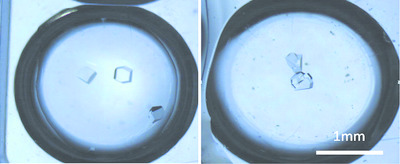
The weather parameters during crystallization solution preparation, including the ambient temperature, humidity, pressure and particulate matter in the air, can all affect protein crystallization. Among the parameters investigated in this study, humidity showed the strongest effect on lysozyme crystallization. The results suggest that the weather conditions during the preparation of a crystallization experiment should be considered as a potential factor that can influence protein crystallization.
Berkeley Screen: a set of 96 solutions for general macromolecular crystallization
- Pages: 1352-1358
- First Published: 05 September 2017
Spatially resolved texture analysis of Napoleonic War era copper bolts
- Pages: 1359-1375
- First Published: 05 September 2017
On the onset of strain relaxation in the Al0.45Ga0.55As/InxGa1−xAs active region in quantum cascade laser structures
- Pages: 1376-1381
- First Published: 14 September 2017
Calibrating SANS data for instrument geometry and pixel sensitivity effects: access to an extended Q range
- Pages: 1382-1394
- First Published: 14 September 2017

A calibration procedure for small-angle neutron scattering (SANS) data is presented, where geometric effects are treated analytically and voxel sensitivities are calibrated with measurements of an arbitrary scatterer. This allows correction of the measured intensities with a single measurement, without the need to measure an isotropic scatterer at all used instrumental settings.
Transformation cycle between the spherically symmetric correlation function, projected correlation function and differential cross section as implemented in SASfit
- Pages: 1395-1403
- First Published: 14 September 2017
Quantifying adsorption-induced deformation of nanoporous materials on different length scales
- Pages: 1404-1410
- First Published: 14 September 2017
Improved performance of crystal structure solution from powder diffraction data through parameter tuning of a simulated annealing algorithm
- Pages: 1411-1420
- First Published: 25 September 2017
Improved crystal structure solution from powder diffraction data by the use of conformational information
- Pages: 1421-1427
- First Published: 25 September 2017
Extended model for the reconstruction of periodic multilayers from extreme ultraviolet and X-ray reflectivity data
- Pages: 1428-1440
- First Published: 25 September 2017
X-ray diffraction microscopy based on refractive optics
- Pages: 1441-1456
- First Published: 25 September 2017
Double crystallographic groups and their representations on the Bilbao Crystallographic Server
- Pages: 1457-1477
- First Published: 25 September 2017
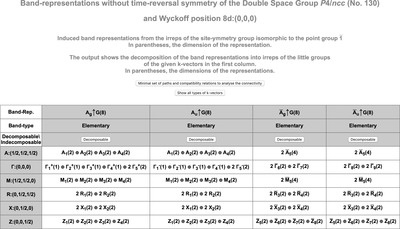
A new section of computer tools devoted to the double crystallographic groups has been implemented in the Bilbao Crystallographic Server (http://www.cryst.ehu.es). The section includes databases of symmetry operations and irreducible representations of the double point and space groups and programs that compute the compatibility relations, generate relevant information related to the site-symmetry approach, and calculate band representations and elementary band representations induced from any Wyckoff position of any double space group.
X-ray diffraction study on a (111)-textured palladium thin film under hydrogen loading and unloading: film structure evolution and its mechanism
- Pages: 1478-1489
- First Published: 29 September 2017
A new model for the description of X-ray diffraction from mosaic crystals for ray-tracing calculations
- Pages: 1490-1497
- First Published: 29 September 2017

A new reflection model for X-ray diffraction from mosaic crystals has been developed with which it is possible, in contrast to Zachariasen's well established model, to describe the crystal reflectivity in a spatially resolved manner. Introduced in a ray-tracing simulation, the simulations show very good agreement with measurements, because multiple reflections and their spatial effects are included.
An insight into the synthesis, crystal structure, geometrical modelling of crystal morphology, Hirshfeld surface analysis and characterization of N-(4-methylbenzyl)benzamide single crystals
- Pages: 1498-1511
- First Published: 29 September 2017
Morphological and crystallographic anisotropy of severely deformed commercially pure aluminium by three-dimensional electron backscatter diffraction
- Pages: 1512-1523
- First Published: 29 September 2017

Morphological and crystallographic anisotropy of severely deformed commercially pure aluminium is studied by conventional and three-dimensional electron backscatter diffraction. Saturation of texture, grain refinement and the formation of microstructure are discussed in the light of different microstructural coarsening mechanisms.
Reconstructing detailed line profiles of lamellar gratings from GISAXS patterns with a Maxwell solver
- Pages: 1524-1532
- First Published: 29 September 2017
Nanocrystallography measurements of early stage synthetic malaria pigment
- Pages: 1533-1540
- First Published: 29 September 2017
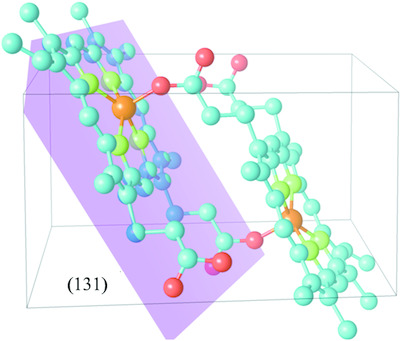
Serial femtosecond crystallography (SFX) at an X-ray free-electron laser enables crystllographic data to be collected from samples orders of magnitude smaller than at a synchrotron. Here SFX is used to investigate the nascent structure of β-hematin derived from nanocrystals and this is compared with the well known structure derived from macroscopic crystals of the same material.
teaching and education
Direction indices for crystal lattices
- Pages: 1541-1544
- First Published: 09 August 2017
computer programs
BioXTAS RAW: improvements to a free open-source program for small-angle X-ray scattering data reduction and analysis
- Pages: 1545-1553
- First Published: 05 September 2017
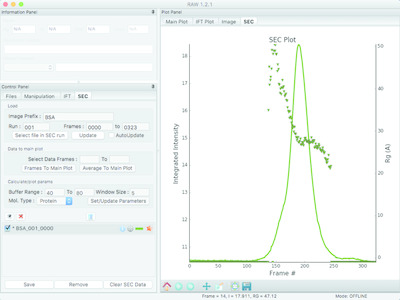
BioXTAS RAW is a graphical-user-interface-based free open-source Python program for reduction and analysis of small-angle X-ray solution scattering (SAXS) data, including size-exclusion chromatography coupled SAXS data. The software is designed for biological data and enables creation and plotting of one-dimensional scattering profiles from two-dimensional detector images, standard data operations such as averaging and subtraction and analysis of radius of gyration and molecular weight, and more advanced analyses such as calculation of inverse Fourier transforms.
laboratory notes
A simple device for transferring an oriented crystal from an X-ray Laue diffractometer to a cutting machine
- Pages: 1554-1555
- First Published: 18 August 2017
In situ laser irradiation setup for a Bruker three-circle goniometer
- Pages: 1556-1558
- First Published: 14 September 2017
addenda and errata
Expanding Lorentz and spectrum corrections to large volumes of reciprocal space for single-crystal time-of-flight neutron diffraction. Corrigendum
- Page: 1559
- First Published: 25 September 2017

Corrigendum to J. Appl. Cryst. (2016), 49, 497–506: addition of co-authors.




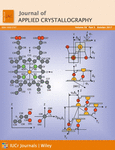

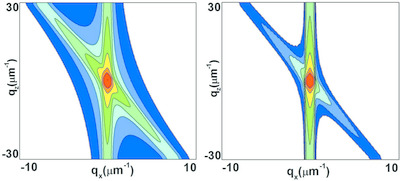
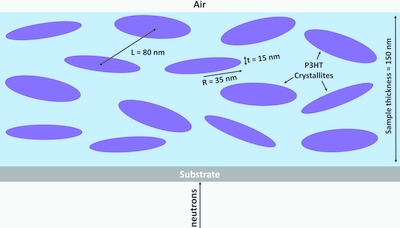
![A tool for automatic recognition of [110] tilt grain boundaries in zincblende-type crystals](/cms/asset/075fd062-8840-4a39-b621-7c820c28022e/jcr2rg5134-fig-0001-m.jpg)
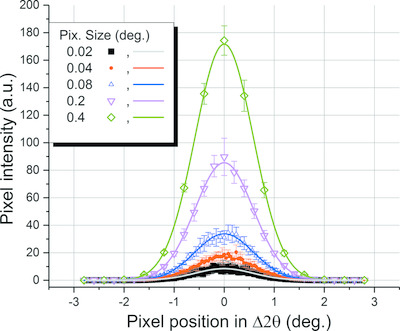
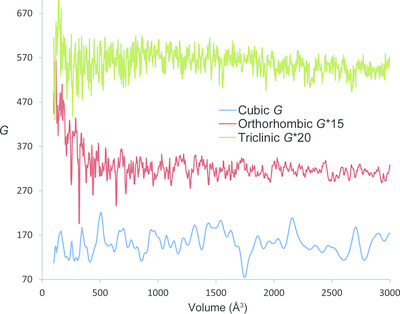
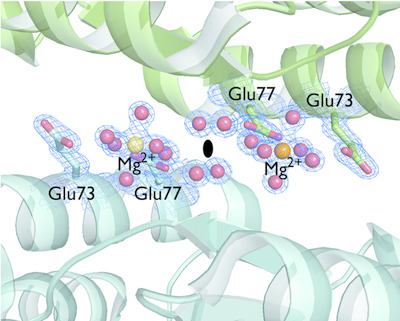
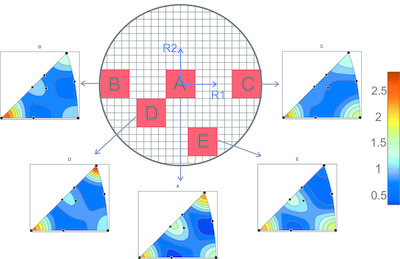
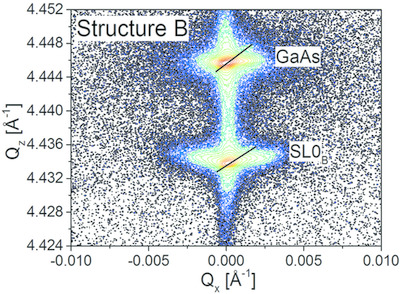
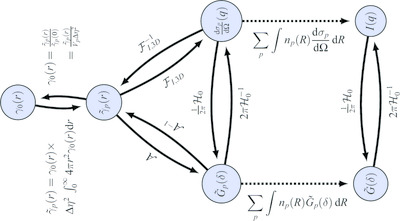
 ,
,  and
and  ] as implemented in SASfit is described.
] as implemented in SASfit is described.